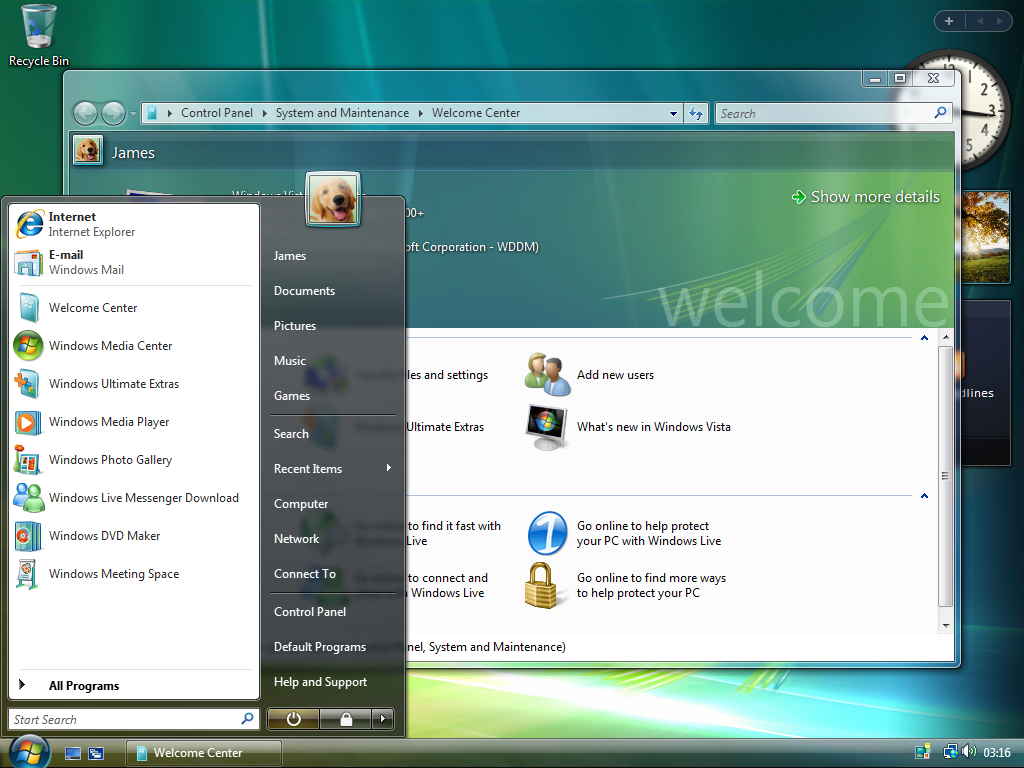Remember: Windows Vista support ends next month
Microsoft plans to end the extended support for its operating system Windows Vista next month so that no further security updates will be released for the OS.
The client Windows lifecycle sheet on Microsoft's website lists April 11, 2017 as the end of support. Microsoft will release security patches for Windows Vista on that day, and stop support for the operating system afterwards.
Windows Vista mainstream support, support that may add new features, drivers, and support for new technologies to the operating system, ended in 2012 already.
While companies and organizations may pay Microsoft for extending the support deadline, all Home users face a difficult decision at that point in time.
While some may decide to continue running Windows Vista on their machines, it is generally not advised to to so as future security vulnerabilities won't be fixed anymore.
This may not be a problem if the PC is not connected to the Internet at all, or only occasionally. Windows Vista itself has no expiration date. This means that you can run it ten years from now without any issues.
Windows Vista end of support

Windows Vista users are limited when it comes to available operating system upgrades. The only option provided is to upgrade to the next operating system in line, Windows 7. This works only if the right Windows 7 version is installed however, meaning that Vista Home users can only upgrade to Windows 7 Home, and Pro or Ultimate users to Pro.
Windows 7 support is guaranteed for another three years before Microsoft ends support for the operating system as well. Users would face the same decision then again, but with better options when it comes to upgrading the operating system to a newer flavor of Windows. Also, upgrades from Windows 7 to Windows 10 are still free right now. While that may change, there is no indicator right now that Microsoft will close the option anytime soon.
Some Vista users might consider switching to Windows 8 or 10 directly instead. Since there is no direct upgrade path available -- the only option is to upgrade first to Windows 7, and then to Windows 8 or 10 -- it is usually better to do a clean install. The only time when you don't want to do a clean install is when you need programs that run on Vista, but are not available anymore for installation on newer versions of Windows.
This is for instance the case if you have installed the program on the Windows Vista machine, but don't have the installer anymore for it.
Please note that some programs may not work under newer versions of Windows. Compatibility is good generally, but some apps or games may refuse to run out of the box, or at all. Also, direct upgrades from 32-bit Windows versions to 64b-bit versions are not possible either. You will have to run a clean install in that case.
Another option that Vista users have is to switch to a Linux distribution. There are Linux Mint and Manjaro for instance which we have reviewed both before here on Ghacks.
Now You: Are you affected by Microsoft ending support for Windows Vista?
This article was first seen on ComTek's "TekBits" Technology News

- Log in to post comments